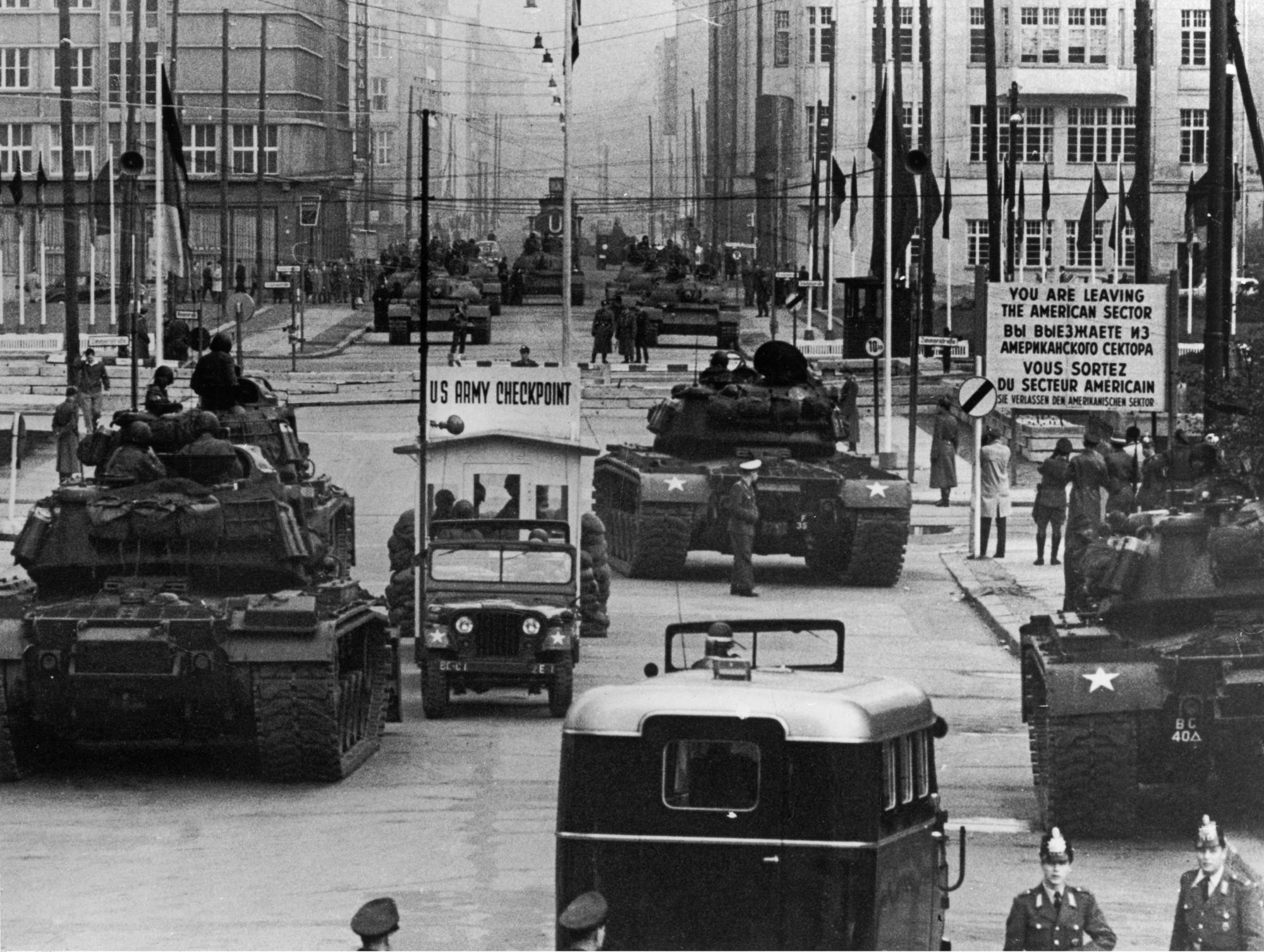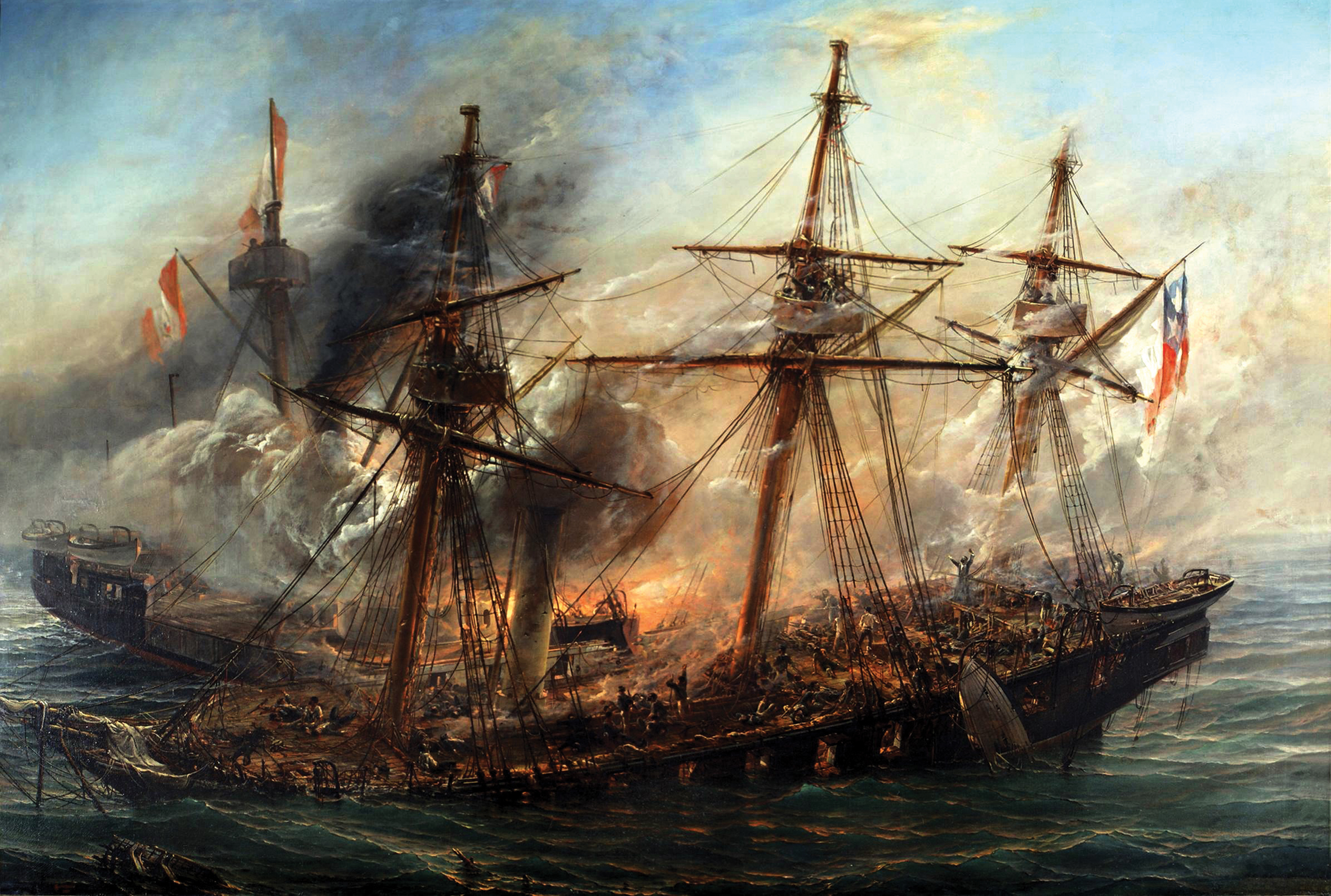|
SSh-60
The SSh-60 (СШ-60 (Russian: стальной шлем образца 1960 года/stalnoy shlyem, or steel helmet) was a product improvement of the Soviet SSh-40 steel helmet of the Soviet Army and entered production around 1960. It was not fundamentally different from the previous World War 2 era SSh-40, the primary difference being an updated liner/suspension system. Design The overall form and shell of the helmet remained unchanged. The internal harness was modified to include four stuffed leather pads (rather than three as with the SSh-40) attached to the dome rivets. The petals were moved to the top of the helmet along with two rivets and the chin strap. As the SSh-60 looks identical to the SSh-40 externally when worn, photos don't indicate how many were in use. The short time of manufacture suggests that these were limited in numbers when compared to the SSh-40. An export version of the SSh-60 exists, designed for sale and exportation to other countries outside of the S ... [...More Info...] [...Related Items...] OR: [Wikipedia] [Google] [Baidu] |
SSh-68
The SSh-68 (Russian: СШ-68 �тальной шлем образца 1968 года/stalnoy shlyem English: SSh-68 steel helmet model 1968) - is a steel combat helmet of the Soviet and then Russian Armed Forces. The SSh-68 is a further development of the SSh-60 helmet. It differs primarily in its greater strength, greater front slope of the dome and the shorter outer edge. It is usually painted in dark green. The helmet weighs 1,300 grams (with leatherette balaclavas - 1,500 grams). SSh-68 provides protection from impact shock (machetes, etc.), and steel fragments (shrapnel) weighing 1.0 grams at speeds up to 250 m/s. The SSh-68 is not meant to protect against bullets. The SSh-68 was used by the armed forces of the Soviet Union and its Warsaw Pact allies, and others. Today, it is still in service in most countries of the CIS, as well as Vietnam, North Korea and Afghanistan. Due to the introduction of improved helmets starting with the original 6B7, the SSh-68 was progressi ... [...More Info...] [...Related Items...] OR: [Wikipedia] [Google] [Baidu] |
SSh-40
The SSh-39 (russian: СШ-39) and SSh-40 (russian: СШ-40, both from стальной шлем, ''stal'noy shlem'', ) were two similar designs of steel combat helmet designed and used by the Soviet Union's Red Army. They were the main forms of helmet in use during World War II and had only superficial differences. SSh-39 The SSh-39 was of simple, more modern design, and was much easier to manufacture than the SSh-36. The SSh-39 would be the standard design for Soviet helmets for the next 29 years, with only minor changes occurring during that time. It is also the design for the helmet on the Tomb of the Unknown Soldier in Moscow. The helmet was produced primarily in three factories, the Stalingrad Tractor Factory (designated CT in the ink stamp), the Red October Factory (ЗКО) also in Stalingrad, and the Lysva Metallurgical Factory (LMZ). The first liner was an eight-finger leather liner, similar to those of the German M35 to M42 ''Stahlhelm'' designs. Next came a short ... [...More Info...] [...Related Items...] OR: [Wikipedia] [Google] [Baidu] |
Combat Helmet
A combat helmet or battle helmet is a type of helmet. It is a piece of personal armor designed specifically to protect the head during combat. Modern combat helmets are mainly designed to protect from shrapnel and fragments, offer some protection against small arms, and offer a mounting point for devices such as night-vision goggles and communications equipment. History Helmets are among the oldest forms of personal protective equipment and are known to have been worn by the Akkadians/ Sumerians in the 23rd century BC, Mycenaean Greeks since the 17th century BC, the Assyrians around 900 BC, ancient Greeks and Romans, throughout the Middle Ages, and up to the end of the 17th century by many combatants. Their materials and construction became more advanced as weapons became more and more powerful. Initially constructed from leather and brass, and then bronze and iron during the Bronze and Iron Ages, they soon came to be made entirely from forged steel in many s ... [...More Info...] [...Related Items...] OR: [Wikipedia] [Google] [Baidu] |
Users , a user of a commercial product or service
{{disambiguation ...
Ancient Egyptian roles * User (ancient Egyptian official), an ancient Egyptian nomarch (governor) of the Eighth Dynasty * Useramen, an ancient Egyptian vizier also called "User" Other uses * User (computing), a person (or software) using an information system * User (telecommunications), an entity using a telecommunications system * User, a slang term for a freeloader See also * Drug user (other), a person who uses drugs * End user In product development, an end user (sometimes end-user) is a person who ultimately uses or is intended to ultimately use a product. The end user stands in contrast to users who support or maintain the product, such as sysops, system administrat ... [...More Info...] [...Related Items...] OR: [Wikipedia] [Google] [Baidu] |
Artillery Training (26559937940)
Artillery is a class of heavy military ranged weapons that launch munitions far beyond the range and power of infantry firearms. Early artillery development focused on the ability to breach defensive walls and fortifications during sieges, and led to heavy, fairly immobile siege engines. As technology improved, lighter, more mobile field artillery cannons developed for battlefield use. This development continues today; modern self-propelled artillery vehicles are highly mobile weapons of great versatility generally providing the largest share of an army's total firepower. Originally, the word "artillery" referred to any group of soldiers primarily armed with some form of manufactured weapon or armor. Since the introduction of gunpowder and cannon, "artillery" has largely meant cannons, and in contemporary usage, usually refers to shell-firing guns, howitzers, and mortars (collectively called ''barrel artillery'', ''cannon artillery'', ''gun artillery'', or - a layman term - ... [...More Info...] [...Related Items...] OR: [Wikipedia] [Google] [Baidu] |
Soviet Army
uk, Радянська армія , image = File:Communist star with golden border and red rims.svg , alt = , caption = Emblem of the Soviet Army , start_date = 25 February 1946 , country = (1946–1991)' (1991–1992) , branch = , type = Army , role = Land warfare , size = 3,668,075 active (1991) 4,129,506 reserve (1991) , command_structure = , garrison = , garrison_label = , nickname = "Red Army" , patron = , motto = ''За нашу Советскую Родину!(Za nashu Sovetskuyu Rodinu!)''"For our Soviet Motherland!" , colors = Red and yellow , colors_label = , march ... [...More Info...] [...Related Items...] OR: [Wikipedia] [Google] [Baidu] |
War In Donbas (2014–2022)
The War in Donbas, russian: Война на Донбассе was an armed conflict in the Donbas region of Ukraine, part of the broader Russo-Ukrainian War. In March 2014, immediately following the Euromaidan protest movement and subsequent Revolution of Dignity, protests by pro-Russian, anti-government separatist groups arose in the Donetsk Oblast, Donetsk and Luhansk Oblast, Luhansk oblasts of Ukraine, collectively called the Donbas. These demonstrations began around the same time as Russia's Annexation of Crimea by the Russian Federation, annexation of Crimea, and were part of wider 2014 pro-Russian unrest in Ukraine, pro-Russian protests across southern and eastern Ukraine. Declaring the Donetsk People's Republic, Donetsk and Luhansk People's Republic, Luhansk People's Republics (DPR and LPR, respectively), Russian separatist forces in Donbas, armed Russian-backed separatist groups seized government buildings throughout the Donbas, leading to armed conflict with Ukrainian ... [...More Info...] [...Related Items...] OR: [Wikipedia] [Google] [Baidu] |
Combat Helmets Of Russia
Combat (French for ''fight'') is a purposeful violent conflict meant to physically harm or kill the opposition. Combat may be armed (using weapons) or unarmed ( not using weapons). Combat is sometimes resorted to as a method of self-defense, or can be used as a tool to impose one's will on others. An instance of combat can be a stand-alone confrontation or a small part of a much larger violent conflict. Instances of combat may also be benign and recreational, as in the cases of combat sports and mock combat. Combat may comply with, or be in violation of local or international laws regarding conflict. Examples of rules include the Geneva Conventions (covering the treatment of people in war), medieval chivalry, the Marquess of Queensberry rules (covering boxing) and several forms of combat sports. Hand-to-hand combat Hand-to-hand combat ( melee) is combat at very close range, attacking the opponent with the body (striking, kicking, strangling, etc.) and/or with a mele ... [...More Info...] [...Related Items...] OR: [Wikipedia] [Google] [Baidu] |
Soviet Military Uniforms
The Soviet Union,. officially the Union of Soviet Socialist Republics. (USSR),. was a transcontinental country that spanned much of Eurasia from 1922 to 1991. A flagship communist state, it was nominally a federal union of fifteen national republics; in practice, both its government and its economy were highly centralized until its final years. It was a one-party state governed by the Communist Party of the Soviet Union, with the city of Moscow serving as its capital as well as that of its largest and most populous republic: the Russian SFSR. Other major cities included Leningrad (Russian SFSR), Kiev ( Ukrainian SSR), Minsk (Byelorussian SSR), Tashkent (Uzbek SSR), Alma-Ata (Kazakh SSR), and Novosibirsk (Russian SFSR). It was the largest country in the world, covering over and spanning eleven time zones. The country's roots lay in the October Revolution of 1917, when the Bolsheviks, under the leadership of Vladimir Lenin, overthrew the Russian Provisional Governm ... [...More Info...] [...Related Items...] OR: [Wikipedia] [Google] [Baidu] |
.jpg)




